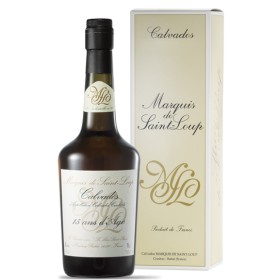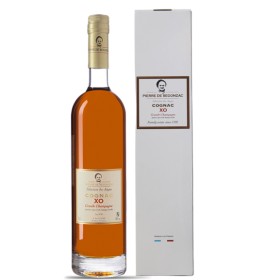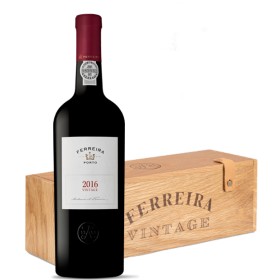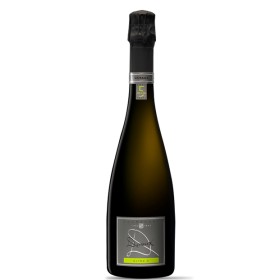- Mondo Vino
- 9556 views

We always hear about wines aged in wood, new or used barriques and toast levels, but exactly what are the differences and why is it done? Let's clarify a little.
Choose the type of wood
First of all, we must start with the raw material, namely wood. Normally, we always refer to the durmast, which is nothing more than a subgenus of oak.
Oak is a wood used in many fields, from the production of parquet to corks, and includes many plants with absolutely different characteristics. Durmast, therefore, is a slow-growing oak and this means that the porosity of the wood will be very fine, a fundamental characteristic for defining the quality of the wood itself, very important for the choice in the cellar according to the wines to be refined and the characteristics one wants to obtain. The age of the plants is fundamental for obtaining a quality container; in fact, the minimum age of the plant that will be cut must be at least 150 years. You can therefore already guess the importance of proper management of the forests where this wood is produced.
In addition to oak, other woods are also used, such as ash, the main characteristic of which is that it does not release tannins or colouring substances, very much used for refining spirits that must remain clear, or at its opposite, chestnut, which in addition to being much cheaper has a very high release of tannins, typically used for wines produced in southern Italy, which, due to their important structure, benefit more. Also worth mentioning is acacia wood, which with its low tannin release is used for fragrant whites such as Sauvignon Blanc.
Wood production areas
There are approximately three areas where the most used timber is produced: the French forests of the Massif Central (Allier, Limousin, Cher, Nievre, Burgundy and Vosges) characterised by siliceous, lean and dry soils that limit trunk growth to a few millimetres per year. North America, more specifically in the forests of Missouri and Pennsylvania where we find white oak, less tannic and rich in aromas, which comes from thinned forests and which, thanks to the good availability of water, allows the plants to grow quickly. Slavonian forests, whose wood is generally used for large barrels, but with similar characteristics to French woods.
How to make wood mature?
Once the type of wood has been identified, it must mature in stacks by open air to degrade the sap, solubilise the hard tannins to ensure a soft and 'sweet' aromatic release of the wood, without astringent or 'green' notes, and above all lose water. At the time of cutting, the wood has a moisture content of 70%. It will instead be processed when the moisture content drops to 12-18%.
Cut the wood and assemble it into drums
At this point the wood will be cut and assembled in barrels of different capacities
Barriques e Tonneaux
Among the best known are the 225 l barriques. Going up in size we find the tonneaux that can hold between 500 and 700 l and then we arrive at the large barrels that can hold up to 50 hl or 5,000 l or more. Ageing in wood rounds off the wine and stabilises it. With micro-oxygenation, the tannins polymerise, producing a more pleasant and rounded mouthfeel, as polymerisation makes the tannins less soluble in saliva. The wood adds tertiary aromas to the wine, of which vanilla (or vanillin) is the main aroma; other aromas include coconut, chimney ash, tobacco, caramel, cloves, burnt straw, smoked provola and others, depending on the residence time, duration and methods in which the alcoholic fermentation is conducted, the geographical origin and type of wood and also the toasting, including roasting aroma in general, coffee and chocolate.
The larger the size of the barrel container used, the lower the speed, with the same porosity, of the evolution of the contained wine.
Small barrels: roasting
The wood for small barrels is also toasted on the inside by direct fire. The toasting process is very important for the influence it will have on the wine. There are in principle three types of toasting: light toasting, with exposure to the flame for about 5 minutes. Medium roasting, with exposure to the flame for about 10 minutes, and strong roasting, with exposure to the flame for 15 to 20 minutes. Light roasting will bring out fruity and floral aromas, medium roasting will bring out chocolate and coffee aromas, and strong roasting will bring out smoky and roasted aromas.

How long can a wooden barrel be used for?
How long can a wooden barrel be used for? The average life of barrels depends on their size and intended use. A barrel is generally used for 3 years after which it can be used merely as a container, since the aroma transfer function of the wood has been exhausted and the oxygen exchange function has ceased. It is generally subsequently used for the ageing of fortified wines, liqueurs or spirits, where it can serve for several years due to the extractive action of the alcohol. The large barrel, on the other hand, has a much longer life, also because, thanks to the size and thickness of the staves, it can be cleaned inside by removing a thin layer of wood, which will make it as good as new.
Are there rules for aging wines in wood?
What does all this tell us? That there is no single rule for the use of wood, and that depending on the grape variety, the vintage and the characteristics of the product you want to obtain in the cellar, you have an infinite number of tools at your disposal. The grain or porosity of the wood, like the size of the barrel, influences the rate of oxygen exchange. The structure of the wine may require a medium grain and long ageing with light toasting or conversely it may require an extra fine grain and short ageing with strong toasting or an extra fine grain a long ageing and medium toasting. For red Riserva wines or a Barolo it is not unusual to age 2 years in large barrels after a year in barrique.
The fashion of recent years wants less 'woody' wines and there is a tendency to consider, unlike in the past, wines aged in wood as less good or less modern. In reality, if properly dosed, wood brings an unparalleled amount of benefits to wine, and gives us fine, round, full, rich and long-lived wines in the glass, and one should not deprive oneself of a fundamental tool for achieving certain results in the glass.
Related products
Grande Champagne 1er Cru
Cognac XO Sélection des Anges Gift Box


Premi e Riconoscimenti
Questo prodotto ha ottenuto uno o più premi/riconoscimenti dalle riviste o esperti del settore



Premi e Riconoscimenti
Questo prodotto ha ottenuto uno o più premi/riconoscimenti dalle riviste o esperti del settore

- -10%


Premi e Riconoscimenti
Questo prodotto ha ottenuto uno o più premi/riconoscimenti dalle riviste o esperti del settore
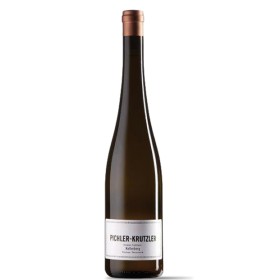
- -20%


Premi e Riconoscimenti
Questo prodotto ha ottenuto uno o più premi/riconoscimenti dalle riviste o esperti del settore



Premi e Riconoscimenti
Questo prodotto ha ottenuto uno o più premi/riconoscimenti dalle riviste o esperti del settore

- -20%


Premi e Riconoscimenti
Questo prodotto ha ottenuto uno o più premi/riconoscimenti dalle riviste o esperti del settore
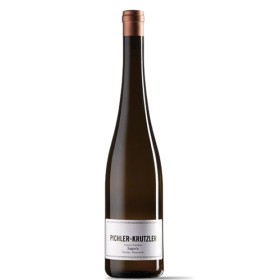
- -10%


Premi e Riconoscimenti
Questo prodotto ha ottenuto uno o più premi/riconoscimenti dalle riviste o esperti del settore



Premi e Riconoscimenti
Questo prodotto ha ottenuto uno o più premi/riconoscimenti dalle riviste o esperti del settore

- -50%
Brunello di Montalcino Docg
Le Lucére 2017


Premi e Riconoscimenti
Questo prodotto ha ottenuto uno o più premi/riconoscimenti dalle riviste o esperti del settore



Premi e Riconoscimenti
Questo prodotto ha ottenuto uno o più premi/riconoscimenti dalle riviste o esperti del settore



Premi e Riconoscimenti
Questo prodotto ha ottenuto uno o più premi/riconoscimenti dalle riviste o esperti del settore






